I am learning about pointers and references, and my question refers to this explanation, in particular the following section:

This suggests that the declaration int& ri = i creates a new memory cell, which has a value of &i and exists in unknown memory location.
To test this theory, I wrote a simple case, the result which is seen below:

I am perplexed by the fact that r and i have the same memory address, which seems to contradict the readings. The result suggests that int& ri = i loosely means "create an alias for memory cell i and call it r" such that both refer to exactly the same cell.
Is the document correct, or have I missed something?